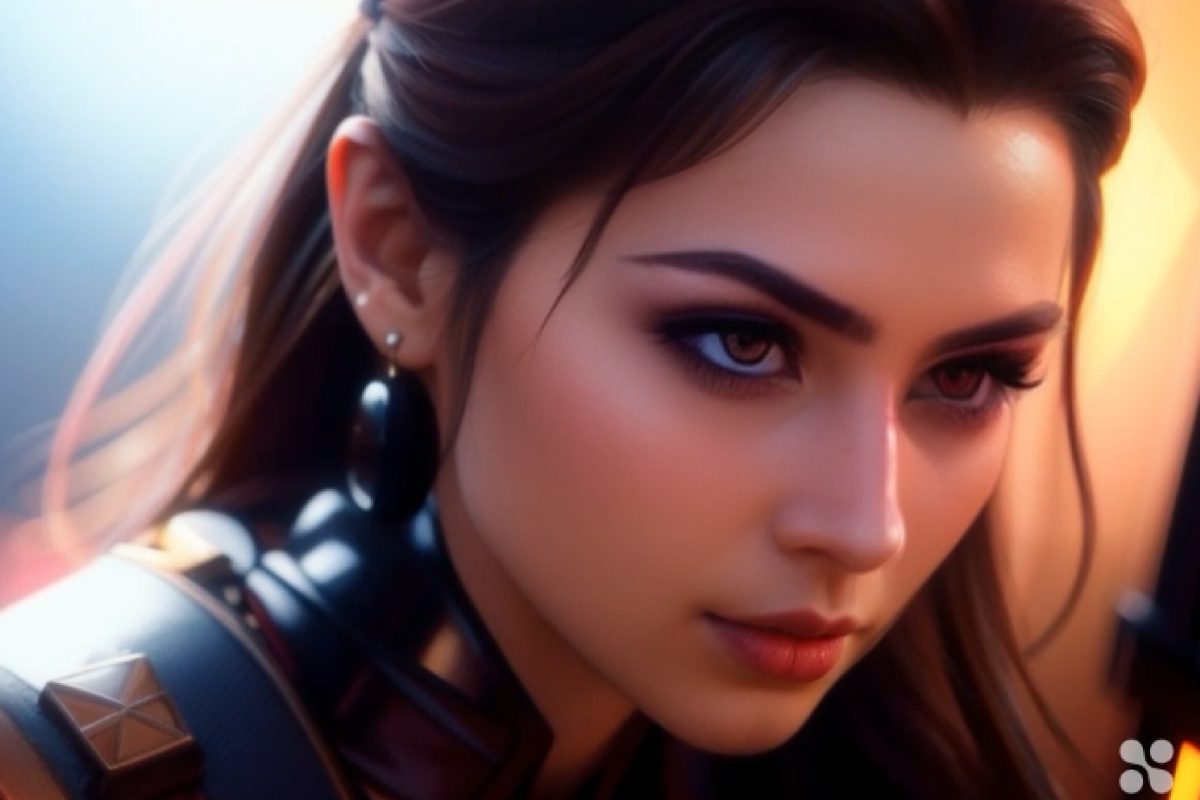The rise of AI-enabled video creation, highlighted by the recent launch of OpenAI’s Sora model, has piqued significant interest. Former Deepmind employees Yishu Miao and Ziyu Wang have unveiled their own video creation tool, Haiper, equipped with a powerful AI model. This groundbreaking tool is now open to the public, ushering in new possibilities for video content creation.
Despite being established as a company in 2022, Miao and Wang began developing Haiper in 2021. Miao’s extensive research background at Google and Deepmind, combined with Wang’s experience at TikTok, underscore their expertise and dedication to delivering innovative video creation solutions.
The two experts in machine learning embarked on solving the 3D reconstruction issue using neural networks. Following Miao’s announcement on TechCrunch, they found video generation to be a more compelling subject than 3D reconstruction after training on video data.
Consequently, Haiper decided to focus on video creation approximately six months ago.
In a seed round led by Octopus Ventures and including 5Y Capital, Haiper secured $13.8 million. Before that, in April 2022, the company raised a $5.4 million pre-seed round with the support of angel investors Geoffrey Hinton and Nando de Freitas.
What Hapier Brings to the Table
Users can start making videos on Haiper’s website for free by submitting text prompts. However, there are limitations. The platform only permits two-second HD videos and up to four-second videos of significantly lower quality. Moreover, users have the option to animate their images and change their film’s painting style. Furthermore, the company is working on introducing features such as video extensions.
Miao believes that to build a strong community, the company should offer these benefits without any charges. He mentioned that the idea of creating a subscription service focused on video production is premature, considering the stage of the startup’s growth. However, the company has been exploring potential commercial applications through collaborations with businesses like JD.com.
Hapier’s Plans for Further AI Model Development
While Haiper is currently focusing on enhancing its consumer website, it has ambitious plans to create a groundbreaking video-generating model that can be offered to other companies. To maintain a competitive edge, the company has safeguarded all the specifications of its innovative model, ensuring they remain confidential.
Miao has discreetly invited a select group of developers to test its closed API. The company recognises the importance of incorporating developer feedback as it rapidly refines its concept. In the future, Haiper may make its models publicly accessible, providing users with the opportunity to explore diverse use cases.
The CEO thinks that right now, video generation needs to find a solution to the uncanny valley problem, which causes viewers to feel uneasy when they encounter AI-generated human-like individuals.
He remarked, “We are trying to work on fundamental issues like how AI-generated humans look when walking or when snow falls, instead of solving problems in the content and style area.”
The business, which employs about 20 people, is actively seeking candidates for several engineering and marketing positions.
Opinion
Sora, a new product from OpenAI, is arguably Haiper’s most well-liked rival right now. Nevertheless, there are other contenders, such as Runway, which has raised over $230 million in funding and is supported by Google and Nvidia. Additionally, Google and Meta have their own models for creating videos.
Stability AI unveiled the Stable Diffusion Video model in a research preview last year. Hapier is thus already engaged in combat in an area that is certain to continue growing in size. Hapier, regrettably, is already behind in the arms race of AI video generation and cannot afford to slow down.
Investors are keen on backing companies leveraging AI for video generation, yet they see significant potential for further progress in this area. While AI videos are currently at a GPT-2 level, strides have been made, but it will be some time before they become widely adopted by everyday consumers.
The question remains: When will we reach a “ChatGPT moment” for videos? I, for one, am very excited about the limitless possibilities that will be at our fingertips when that moment comes.
News Source: Techcrunch.



